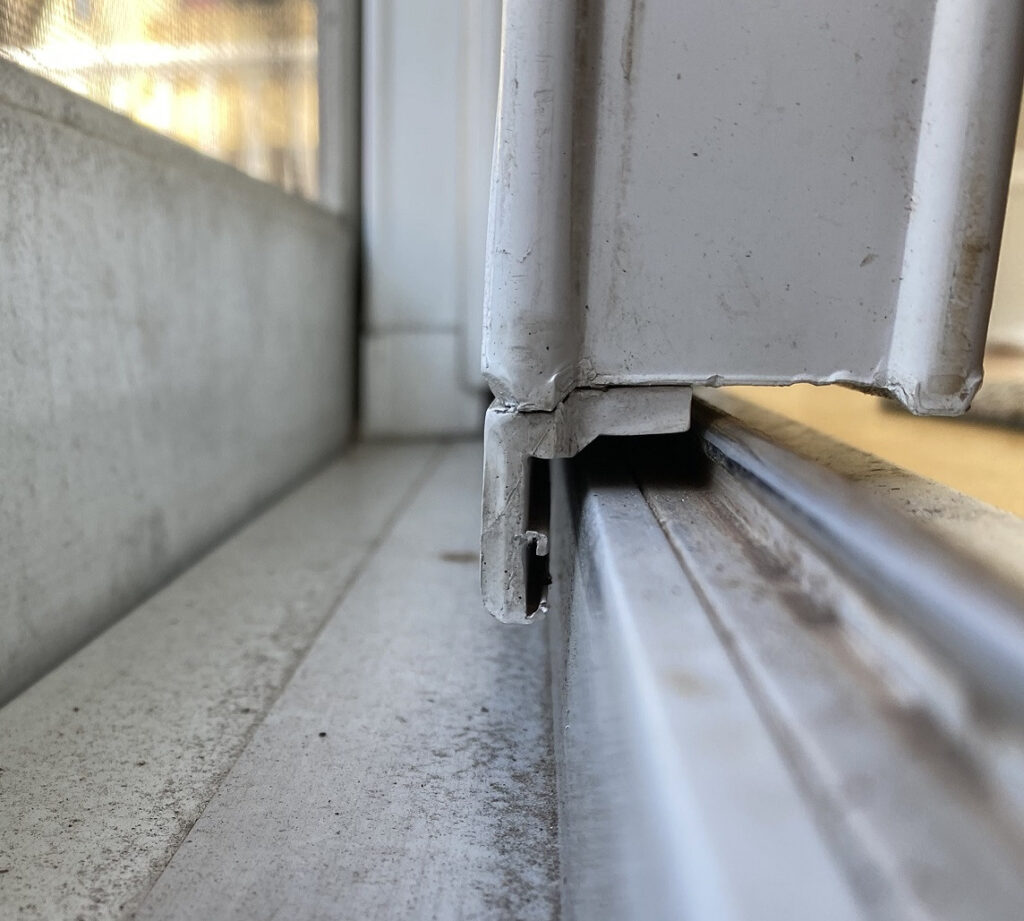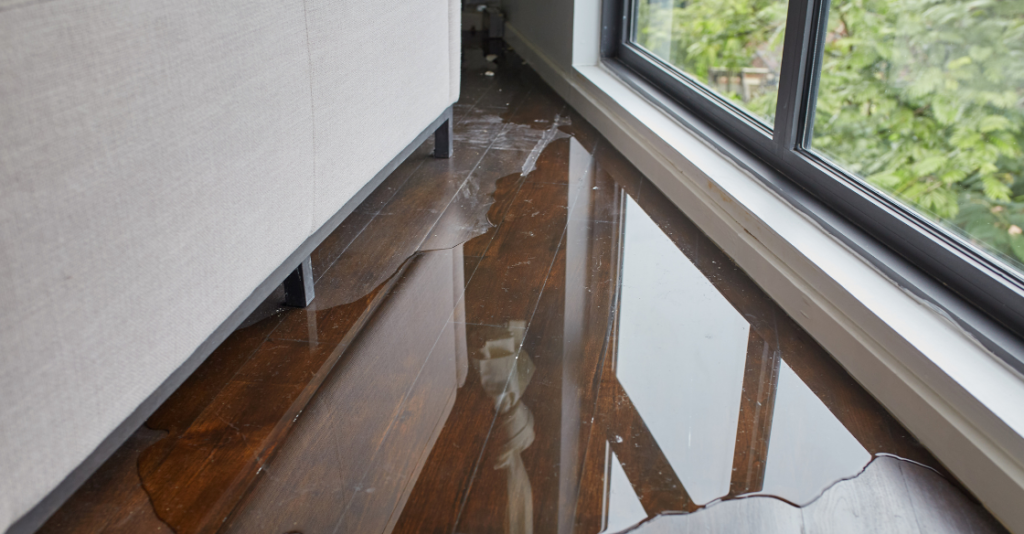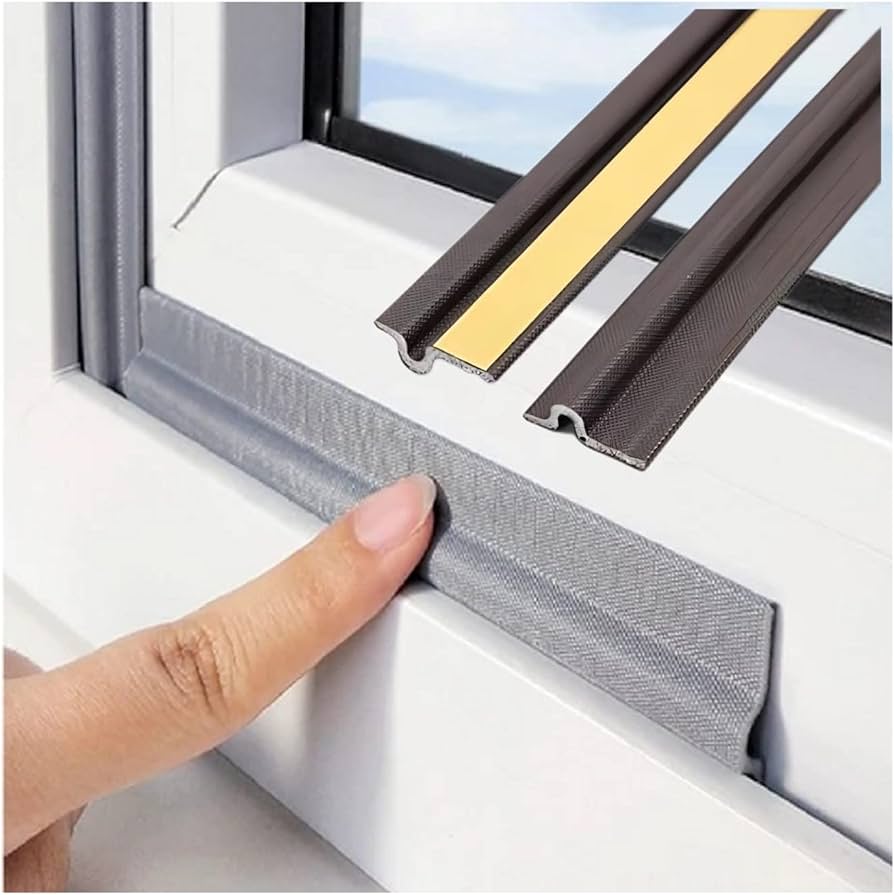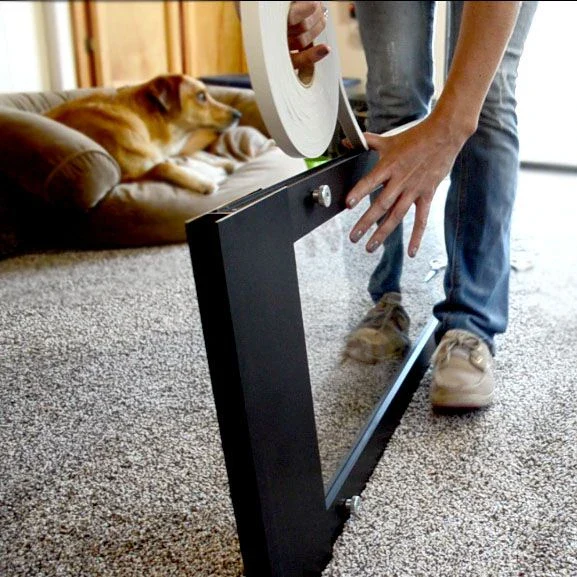Ensuring your home is both energy-efficient and comfortable hinges on properly sealing your sliding doors. Sliding doors are cherished for their aesthetic appeal and space-saving benefits, but without adequate sliding door weather stripping, they can become sources of drafts and energy loss. This article delves into the best practices for weatherproofing sliding doors, the importance of sliding glass door insulation, and how to prevent drafts and air leaks with effective sliding door weather stripping.
Why Sliding Door Weather Stripping is Crucial
Sliding door weather stripping plays a vital role in preventing drafts, reducing energy costs, and enhancing the overall comfort of your home. Without effective weather stripping, cold air can seep in during winter, and cool air from your air conditioning can escape in the summer. This not only makes your home less comfortable but also drives up your energy bills.

Weatherproofing Sliding Doors: The First Line of Defense
Weatherproofing sliding doors involves installing barriers that keep water, wind, and air from penetrating your home. This is primarily achieved by applying sliding door weather stripping around the edges of your sliding door. Weather stripping options are available in various materials, including rubber, vinyl, and foam, each offering different levels of protection and durability.

Sliding Glass Door Insulation: Keeping Your Home Comfortable
Sliding glass door insulation is essential for maintaining a stable indoor temperature. Insulated sliding doors can significantly reduce heat loss during winter and keep your home cooler in summer. Utilizing energy-efficient sliding door weather stripping enhances insulation by closing gaps and preventing air leaks, which is crucial for lowering your home’s energy consumption.
Prevent Drafts with a Sliding Door Draft Stopper
A sliding door draft stopper is a simple yet effective tool for blocking cold air from entering your home. Placed at the bottom of the sliding door, it seals the gap between the door and the floor, helping maintain a consistent indoor temperature and reducing the strain on your heating and cooling systems.
Choosing Energy-Efficient Sliding Door Weather Stripping
Investing in energy-efficient sliding door weather stripping is a smart move for any homeowner looking to lower their energy bills. These weather stripping solutions are designed to provide a tight fit, ensuring no air can pass through the edges of the door. Look for weather stripping made from high-quality materials such as silicone or rubber, which offer durability and excellent insulation properties.
Weather Stripping Replacement for Sliding Doors
Over time, the weather stripping on your sliding doors can wear out, leading to gaps and air leaks. Regular weather stripping replacement for sliding doors is necessary to maintain energy efficiency and prevent drafts. Check your weather stripping for signs of wear, such as cracks or brittleness, and replace it as needed to keep your home sealed and comfortable.
The Importance of Rubber Seals for Sliding Doors
Rubber seals for sliding doors are particularly effective in preventing air and water from entering your home. Rubber is a flexible and durable material that provides a tight seal, even in extreme weather conditions. Installing rubber weather stripping can help achieve better insulation and protect your home from the elements.
Sliding Door Gap Seal: Closing the Gaps
A sliding door gap seal is essential for closing any spaces between the door and the frame. These gaps can be major sources of drafts and energy loss, so addressing them promptly is important. Gap seals come in various sizes and materials, making it easy to find the right fit for your sliding door.
Preventing Air Leaks with Sliding Door Air Leak Prevention
Sliding door air leak prevention is crucial for maintaining a comfortable and energy-efficient home. Air leaks can cause your heating and cooling systems to work harder, leading to higher energy bills. To prevent air leaks, ensure that your sliding doors are properly sealed with quality sliding door weather stripping and consider adding additional insulation if needed.
Comparison of Window Materials
To complement the discussion on sliding door weather stripping, here’s a comparison table of common window materials that also benefit from proper weather stripping for enhanced energy efficiency:
| Material | Durability | Maintenance | Energy Efficiency | Cost |
|---|---|---|---|---|
| Vinyl | High | Low | High | Affordable |
| Aluminum | Medium | Low | Moderate | Moderate |
| Wood | High | High | Moderate | Higher |
| Fiberglass | Very High | Low | High | Higher |

Conclusion
Maintaining an efficient and comfortable home requires attention to detail, particularly regarding your sliding doors. By investing in the right sliding door weather stripping, weatherproofing, and insulation, you can significantly reduce drafts, prevent air leaks, and lower your energy costs. Regular maintenance, including weather stripping replacement for sliding doors, ensures your home remains protected from the elements and energy-efficient year-round.


